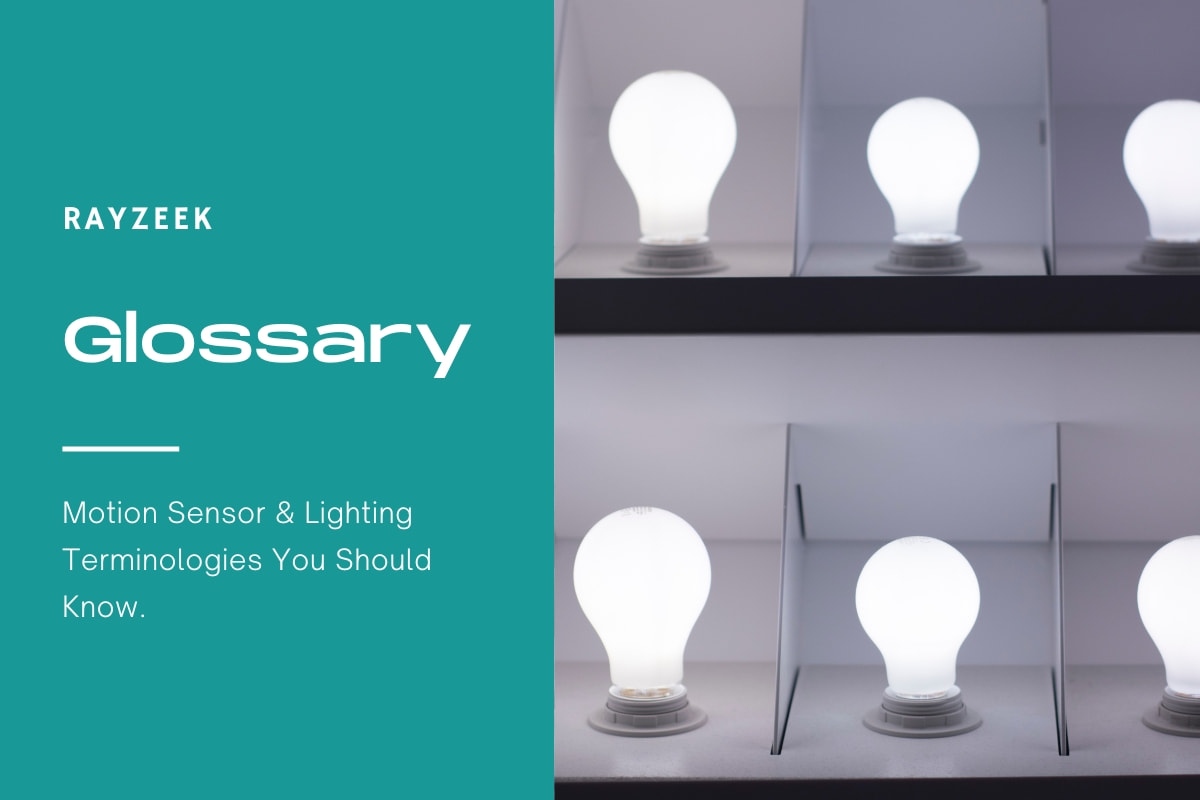What is Refraction
Refraction is the bending of a light wave as it passes through different mediums. This phenomenon occurs when light travels from one medium to another with a different refractive index, causing a change in its speed and direction. It is a fundamental concept in physics that applies to various types of waves, including light waves, sound waves, and water waves.
Maybe You Are Interested In
In the lighting industry, refraction is crucial in the design and functionality of optical instruments. Lenses, prisms, and magnifying glasses utilize the bending of light through refraction to manipulate and control the path of light. Lenses, for example, can converge or diverge light rays to focus or disperse them, enabling the creation of images and optical effects. Prisms, on the other hand, can disperse white light into its constituent colors through refraction.
Moreover, refraction is also essential for our vision. When light enters our eyes, it undergoes refraction as it passes through the cornea, lens, and other structures before reaching the retina. The bending of light through refraction helps to focus the incoming light onto the retina, where the image is formed and transmitted to the brain for interpretation.
Get Inspired by Rayzeek Motion Sensor Portfolios.
Doesn't find what you want? Don't worry. There are always alternate ways to solve your problems. Maybe one of our portfolios can help.
Frequently Asked Questions
What Causes Light Refraction
The phenomenon of light refraction occurs when a light ray changes its direction upon transitioning from one medium to another. This bending of light is a result of the variation in the optical densities between the two media.
What Is the Difference Between Reflection and Refraction of Light
Reflection and refraction are two different phenomena related to the behavior of light. Reflection occurs when light hits a medium and bounces back on a plane. On the other hand, refraction is the process in which light changes its direction as it passes through a material, causing it to bend. This is the main distinction between reflection and refraction. It is worth noting that mirrors are commonly associated with the occurrence of these phenomena.



























